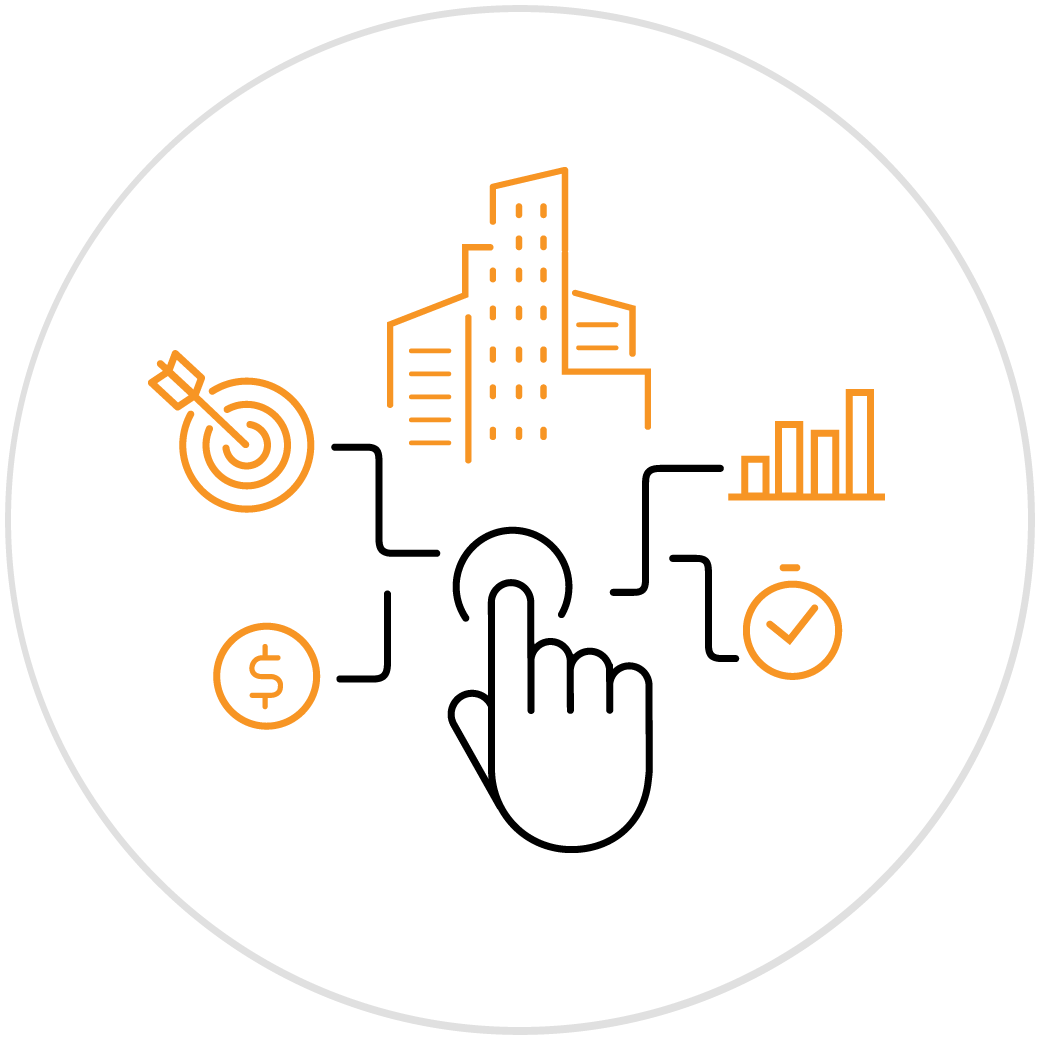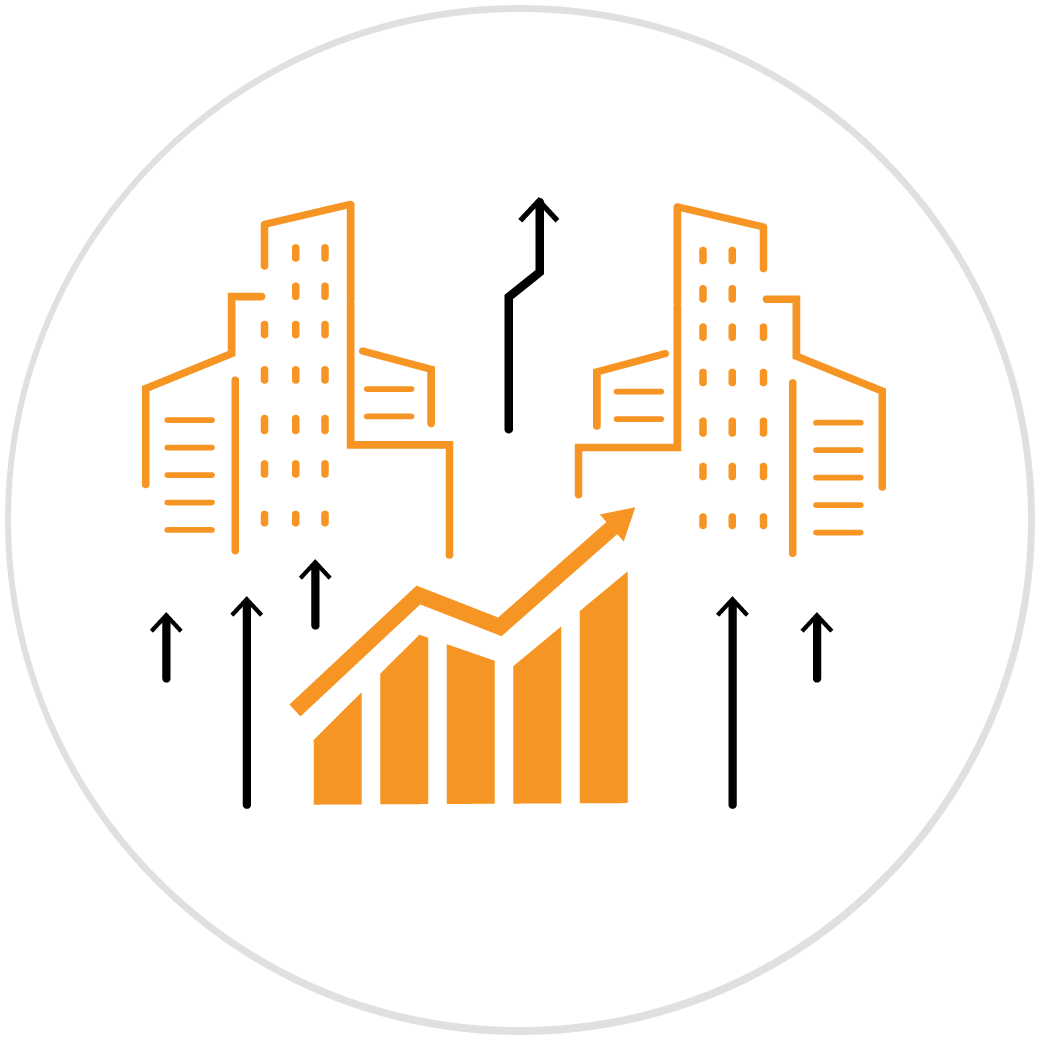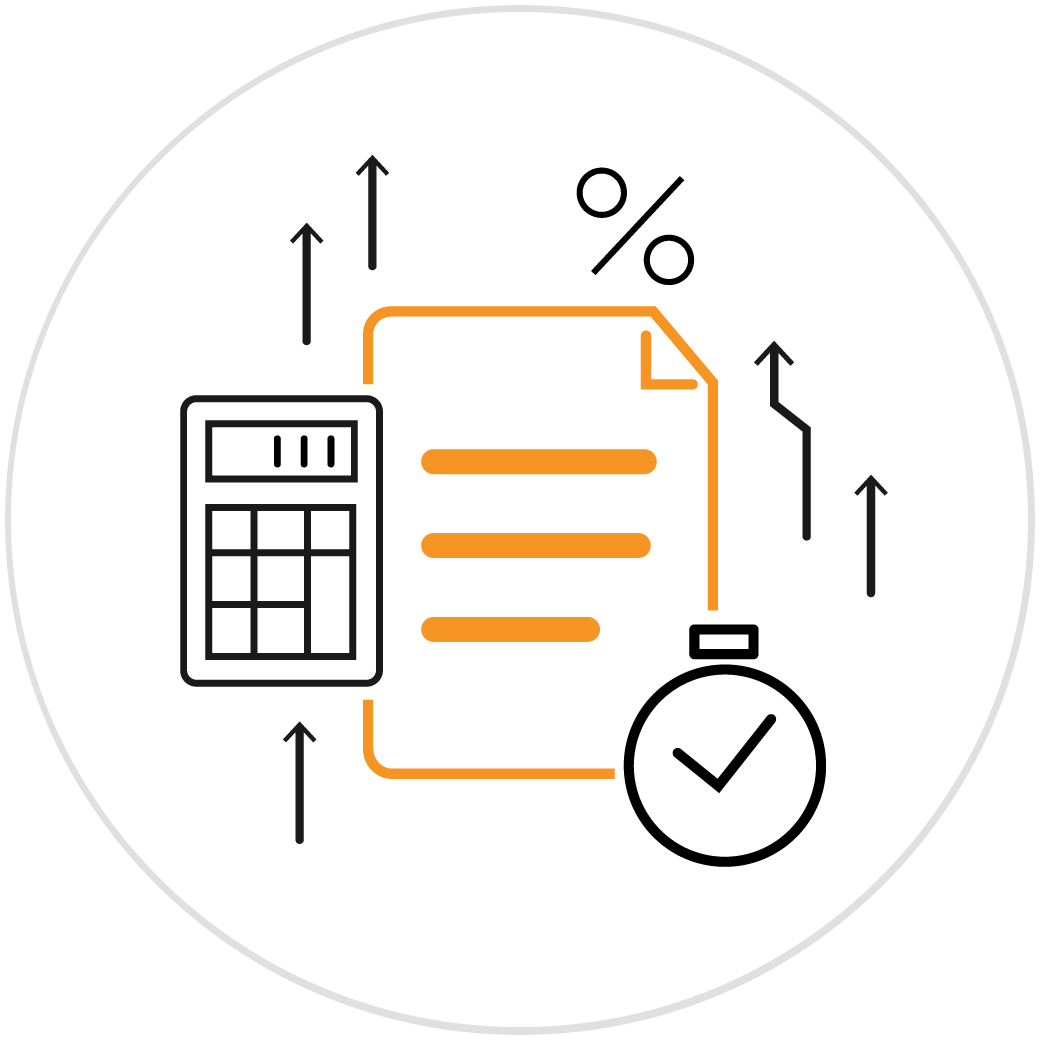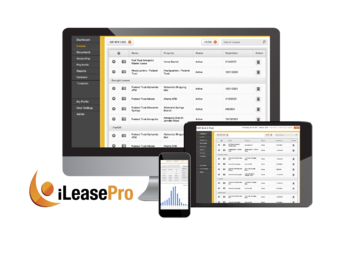-

The Accounting Standards Codification (ASC) 842 provides guidelines for lease accounting in the United States.
One of the key components of ASC 842 is the determination of the lease liability and lease asset, which is based on the present value of lease payments using the relevant borrowing rate. In this article, we will discuss the relevant borrowing rate under ASC 842 and its importance in lease accounting. -

What is the Relevant Borrowing Rate?
The relevant borrowing rate, also called the discount rate, is the rate of interest that a lessee would have to pay to borrow funds on a collateralized basis over a term equal to the lease term. The relevant borrowing rate reflects the creditworthiness of the lessee and the collateral pledged for the lease. It is an important component in calculating the present value of lease payments and determining the lease liability and lease asset.
-

Why is the Relevant Borrowing Rate Important?
The relevant borrowing rate is important in lease accounting because it affects the calculation of the lease liability and lease asset. The lease liability is the present value of lease payments, and the lease asset is the right to use the leased asset over the lease term. The lease liability and lease asset are recorded on the balance sheet and impact financial ratios and other financial metrics.
-

How is the Relevant Borrowing Rate Determined?
Under ASC 842, the relevant borrowing rate is the interest rate implicit in the lease, if that rate can be readily determined. If the interest rate implicit in the lease cannot be readily determined, the lessee must use its incremental borrowing rate.
The incremental borrowing rate is the rate of interest that the lessee would have to pay to borrow funds over a term equal to the lease term, secured by collateral similar to the leased asset, and with the same credit rating as the lessee. The lessee should use its incremental borrowing rate at the lease commencement date, not the date when the lease is initially recognized.
Conclusion
The relevant borrowing rate is an important component in lease accounting under ASC 842. It is used to calculate the present value of lease payments and determine the lease liability and lease asset. The relevant borrowing rate reflects the creditworthiness of the lessee and the collateral pledged for the lease. By understanding the relevant borrowing rate and its importance in lease accounting, businesses can ensure accurate financial reporting and compliance with ASC 842.
-

Get the Best ASC 842 Software Solution from iLeasePro
At iLeasePro, we’ve been helping companies understand and implement ASC 842 since it replaced ASC 840 in December of 2021. We know standard inside out, and we know how to implement software solutions that will help you be in compliance.
We’ve done this for both small and large businesses, and we’ve also helped these companies use ASC 842 as a business tool to operate more efficiently, get better reporting and use their leases as assets. When you call us we can set you up with a lease accounting software free demo so you can see how it all works.
To do this, call us at 888-351-4606, or you can email us at info@ileasepro.com We also have plenty of great information about lease accounting software on our website, which is ileasepro.com, and you can chat with a live representative there as well.
Let iLeasePro Simplify Your Lease Accounting
Schedule a DemoRelated: iLeasePro Free Trial, iLeaseXpress, iLeaseXpress Unlimited, ASC 842 Financial Reporting, ASC 842 Balance Sheet Reporting, ASC 842 Income Statement Reporting, ASC 842 Cash Flow Reporting, ASC 842 Statement of Shareholder Equity, ASC 842 Disclosure Notes, ASC 842 Management Discussion, ASC 842 Comprehensive Income, ASC 842 Glossary of Terms, ASC 842 Journal Entries, ASC 842 Software, When Is the ASC 842 Compliance Date, FASB Lease Accounting Software, Understanding the New FASB ASC 842 Lease Accounting Standard, How Does a Lease Balance Sheet Change After the New Standard?, Tracking Lease Details After ASC 842, Deferred Rent Explained Under the ASC 842, Guide to Lease Classification, ASC 842 Footnote Disclosure, Lease Accounting, What Does Lease Accounting Software Do?, Key Features of A Lease Accounting Software, How to Never Miss Important Lease Dates, Scaling Your Lease Accounting Software to Your Business Needs, How to Select the Right Lease Solution, How to Set Up Lease Accounting Software, What is the Best Lease Accounting Software?, Overview of the Types of Leases, Equipment Lease Software, How the Right Lease Management Software Makes Equipment Leases Easier, Lease Tracking Software, How The Right Software Can Help You Manage Lease Data, Five Benefits of a SaaS Lease Management Solution, A Centralized Lease Portfolio Making Asset Management Easier, Lease Analysis 101, Lease Analysis: The Financial Metrics, Lease Abstraction, The Importance of Lease Abstraction for Lessees, The Lease Data an Abstract Should Include, What Software Do I Need for Lease Abstracting?, Navigating The ASC 842 Accounting Audit, Ultimate Lease Accounting Audit Checklist, Essential Guide To Engaging Auditors, Leveraging AI for Enhanced Year-End Audits Transitioning to the ASC 842 Standard Lease Document Management ASC 842 Short-Term Leases Practical Expedients Lease Modifications & Remeasurements Lease Variable Payments Embedded Leases Monitoring Critical Lease Dates Transportation - Navigate the ASC 842
